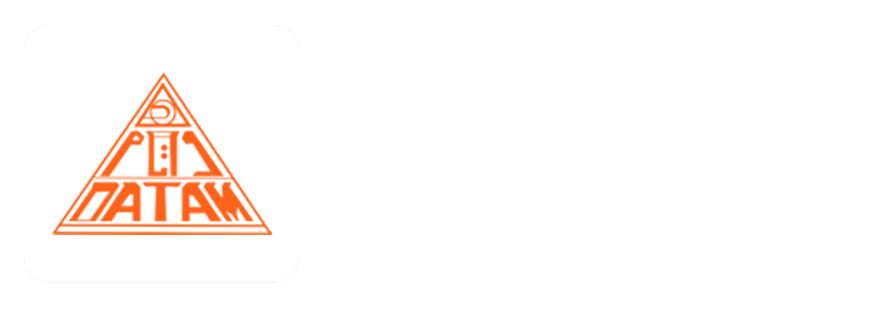- mastermind
- September 2021
- Products
Knauf is a type of drywall that is produced by Knauf Company. Knauf has been active in the construction industry for more than 80 years. The company was founded by the Knauf brothers (Carl and Anfus Knauf) in 1932. At present, Knauf Company is one of the international companies in the construction industry.
Ceilings and partition walls (blades) of knauf are monolithic galvanized metal structures on which gypsum and cement coated plates are screwed. The seams between the plates are filled with sealing putty and the resulting smooth surfaces are painted.
The following are the advantages of using Knauf interior partition walls:
This type of wall is about ten to fifteen times lighter than traditional walls. Therefore, by reducing the dead load of the building, the impact of earthquake force on the building decreases. In case of demolition of the building, due to the lightness of the Knauf system, the risk of death for the residents will be significantly lower.
In addition to the lightness of Knauf panels, the flexible connection of the panels to the profiles is also such that it reduces the seismic force. In this way, the masters have a place to play inside the runners and are not screwed or riveted, but the panels are screwed to both of them.
The lightness of Knauf materials makes it easy to carry by workers and thus increases the speed of project implementation. In long transportation distances, due to having proper packaging, the materials are not damaged. The small volume of Knauf materials compared to traditional materials also reduces transportation costs.
Another advantage of the Knauf system is easy access to mechanical and electrical installations. If the pipes of the facility and ترک burst, the damaged part can be easily identified and repaired. In case of damage to the knauf walls due to impact, the damaged part can be easily replaced and repaired. These two features increase the useful life of the building.
If you need to change the user, this can be done easily using the Knauf system. The Knauf method can also be used in the reconstruction of old buildings. In areas that require rapid construction, such as earthquake-stricken areas, the Knauf system has priority.
Knauf walls are painted after installation and at this stage there is no need for gypsum mortar, soil and killed plaster. This also saves and speeds up project execution. To obtain a perfectly uniform surface, the joints are plastered with the help of sealing tape. The sealing tape flattens the joint and prevents cracks in the wall. The surface of the screws, which are slightly lower than the surface of the panels, is covered with putty and a smooth surface is created in the place of the screws. After applying the wall, a layer of mastic is applied on it, which creates a uniform surface for painting and reduces paint absorption. Finally, with the use of knauf wall, a completely smooth surface with high accuracy and ready for painting is easily obtained.
By using knauf walls, the resistance to sound transmission can be increased, and by using rock wool and polystyrene insulation, the walls can be easily insulated against heat. Insulation is placed between two gypsum panels.
Unstructured Knauf gypsum panel system is also used. In this case, gypsum panels are installed on traditional walls using Perfix adhesive as a coating. This creates an empty space behind it for insulation and passage of facilities.
Other advantages of Knauf system are the implementation of decorative and curved forms and increasing the surface of the building due to the reduction of the thickness of Knauf walls compared to traditional materials.
Depending on the function of the walls, Knauf offers different panels according to the existing conditions. In general conditions, simple gypsum panels or Regular board (RG) are used. Moisture Resistant board is used for wet places such as kitchens and services. These plates can be used in places with humidity less than 90%. In places that need fire protection, panels (Fire Resistant board) with glass fibers are recommended that withstand fire for up to 3 hours. Fire & Moisture resistant boards, which are resistant to moisture and fire, are also used for places such as installation wells. In the Knauf system, reinforced concrete panels (aquapanel) are used for external walls or walls that are in constant contact with water.
Metal components: Knauf profiles are produced by cold forming of galvanized steel sheets. Its main components include master (vertical structure) and runner (horizontal structure). In places where facilities and plumbing transfer their weight to masters, a structure called a support is used to reinforce it. The corner protection structure is used in the outer corners, which protects the knauf walls from impact and also creates gonial and precise lips.
Screws, discontinuous seam structures, sealing tape and mastic and… are other components of Knauf wall.
